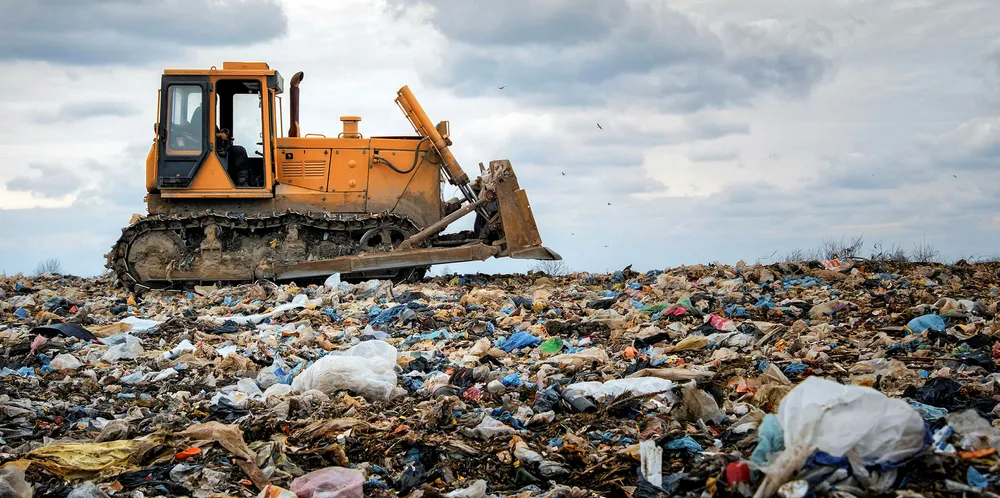'It's much cheaper to produce green hydrogen from waste than renewables'
California start-up can convert rubbish that would otherwise go to landfill into pure hydrogen — while offering a carbon-negative solution, writes Leigh Collins

California start-up can convert rubbish that would otherwise go to landfill into pure hydrogen — while offering a carbon-negative solution, writes Leigh Collins
